Grinding balls for ball mill
Grinding balls are essential components in ball mills, which are widely used in various industries for grinding and pulverizing materials into fine powders. These balls are typically made from high-quality materials such as steel, ceramic, or other alloys, depending on the specific application and the material being processed. The primary function of grinding balls is to reduce the size of particles through impact and abrasion as the ball mill rotates.The manufacturing process of grinding balls involves several critical steps to ensure their durability, hardness, and performance. High-quality raw materials are selected and melted in a furnace, followed by casting or forging to shape the balls. Heat treatment processes such as quenching and tempering are then applied to enhance their mechanical properties, including hardness, toughness, and wear resistance. The final step involves surface finishing and inspection to ensure the balls meet the required specifications and standards.Grinding balls come in various sizes, typically ranging from a few millimeters to several centimeters in diameter. The size and composition of the balls are chosen based on the specific grinding requirements, such as the hardness of the material being processed and the desired fineness of the final product. Larger balls are generally used for coarse grinding, while smaller balls are more effective for fine grinding.One of the key advantages of using grinding balls in ball mills is their ability to provide consistent and efficient grinding performance. The spherical shape of the balls ensures uniform contact with the material, leading to even particle size reduction. Additionally, the high hardness and wear resistance of the balls minimize the need for frequent replacements, reducing downtime and maintenance costs.However, the performance of grinding balls can be influenced by several factors, including the operating conditions of the ball mill, the properties of the material being ground, and the quality of the balls themselves. For example, excessive wear or breakage of the balls can occur if the mill is operated at an incorrect speed or if the material being processed is too hard. Therefore, it is essential to select the appropriate type and size of grinding balls and to monitor their condition regularly to ensure optimal performance.In summary, grinding balls are critical components in ball mills, playing a vital role in the grinding and pulverizing of materials. Their design, material composition, and manufacturing process are carefully engineered to provide efficient and reliable grinding performance. By selecting the right grinding balls and maintaining proper operating conditions, industries can achieve the desired particle size reduction and improve overall process efficiency.
Products
Category:
No search results found!
News
Category:
No search results found!
Case
Category:
No search results found!
Video
Category:
No search results found!
Download
Category:
No search results found!
Job
Category:
No search results found!
Featured Products
No search results found!


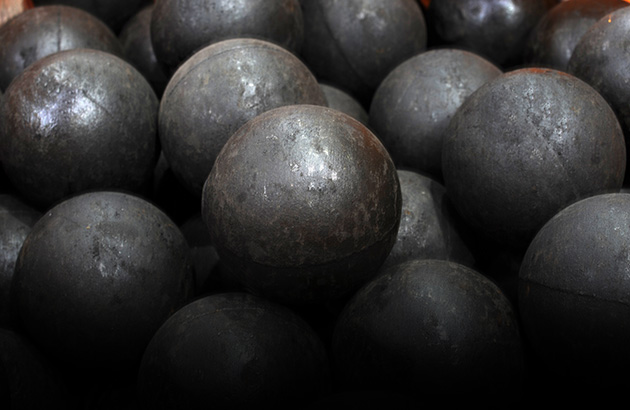
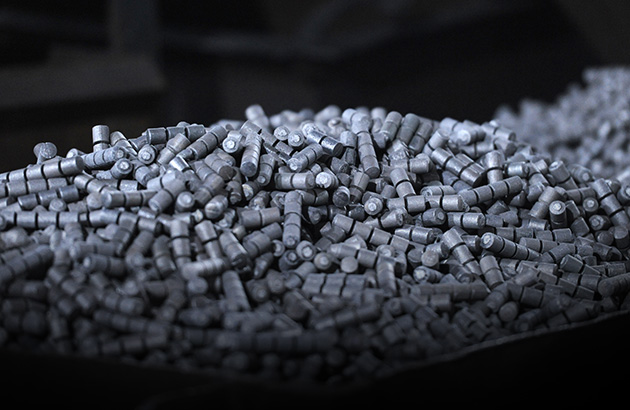
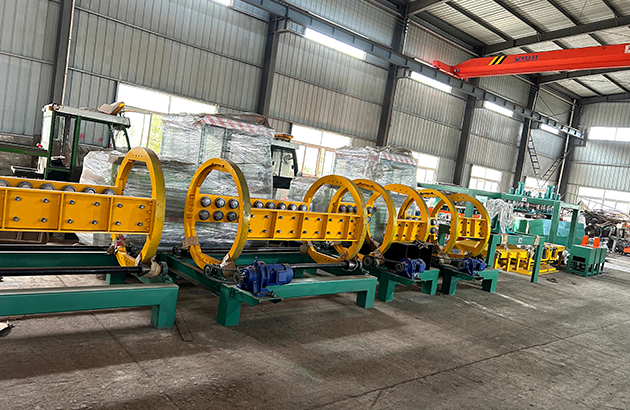

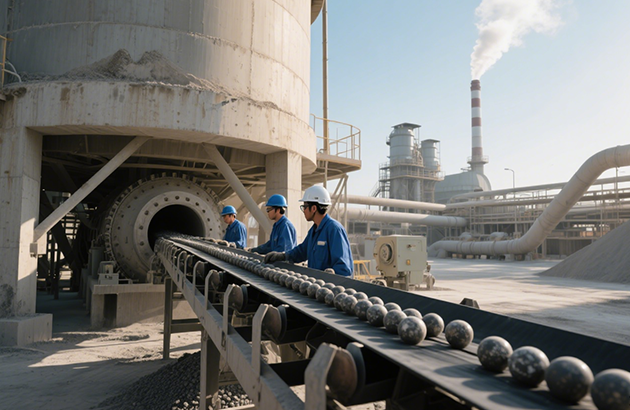
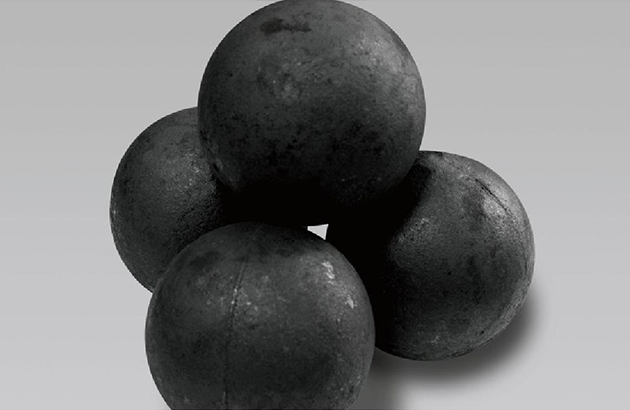
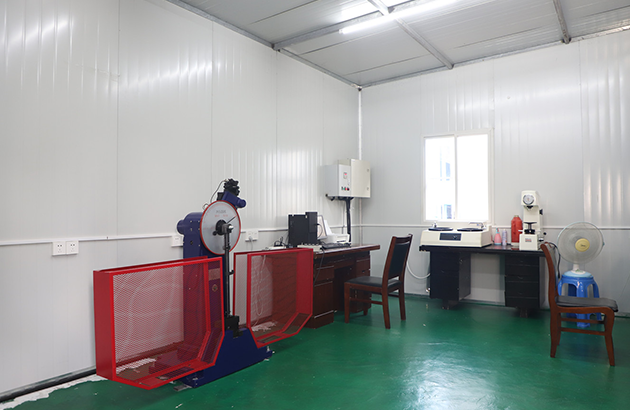

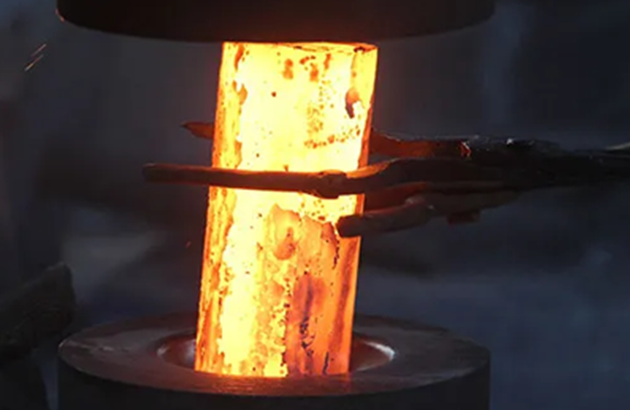






 Phone
Phone